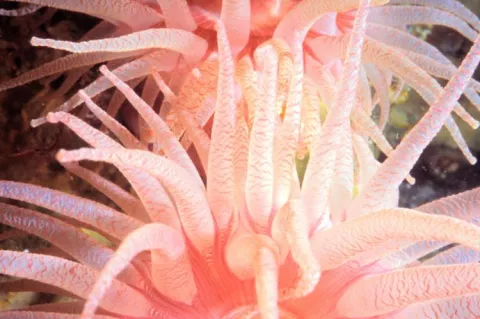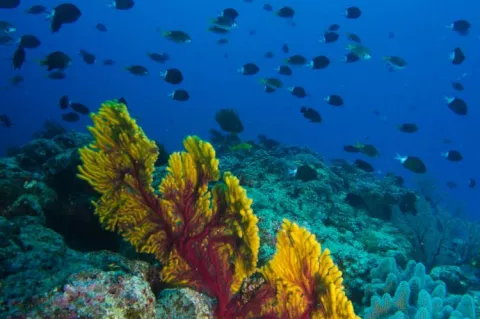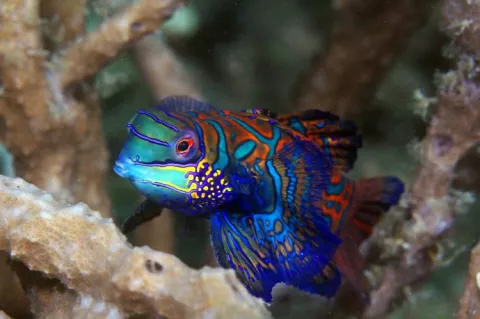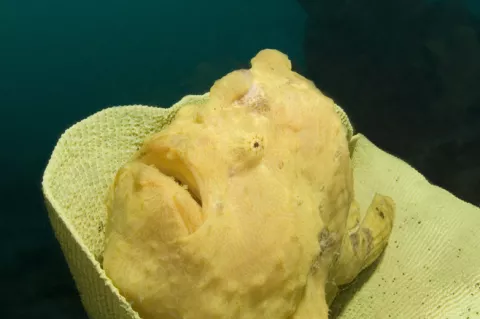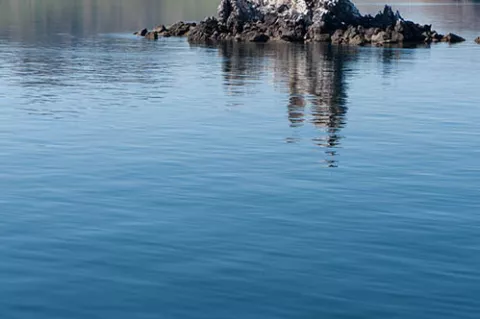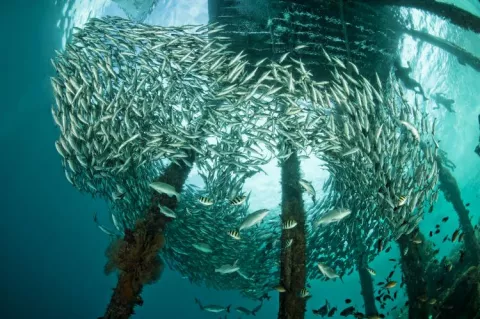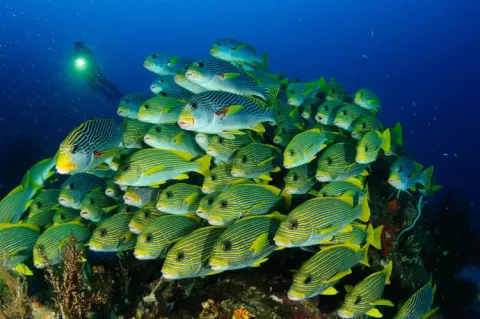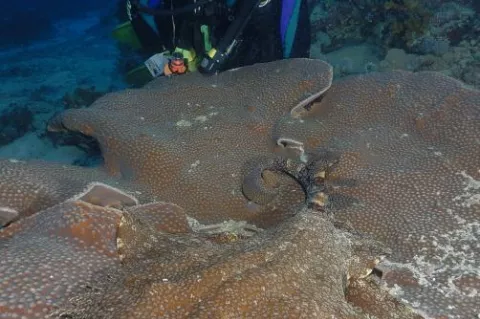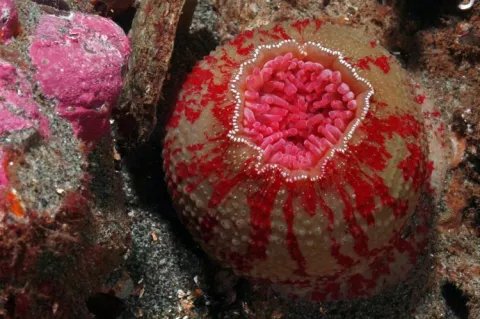San Juan Islands
very now and then I get an assignment close to home, which means my dive buddy and I can usually load up the car with dive and photography gear, and maybe a kayak or two, and head out for a full weekend of adventurous exploring. If the location is exceptional, like an assignment to dive in Washington State’s San Juan Islands, we often allocate several days to experience all that’s available.

